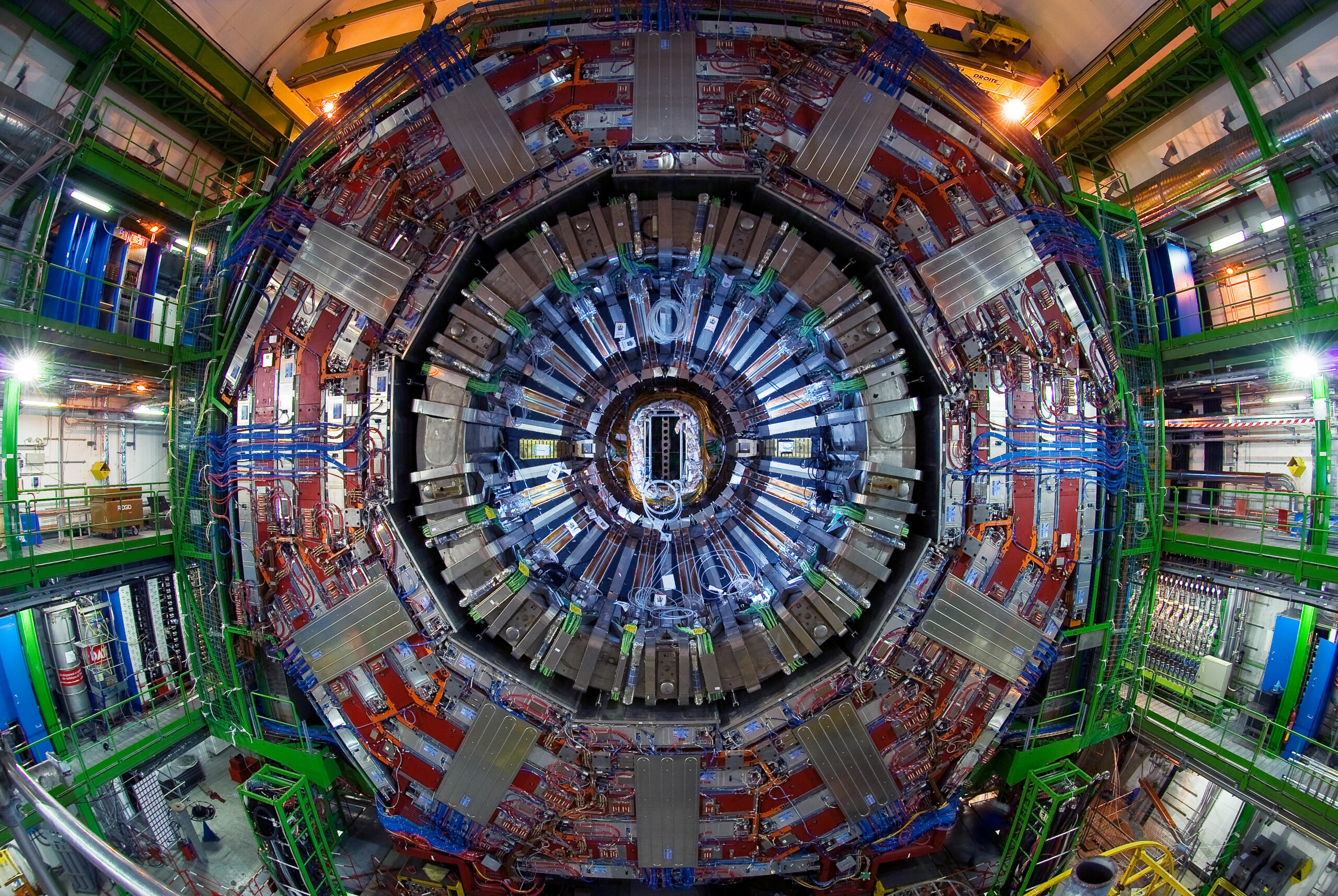CERN, the European Organization for Nuclear Research, stands as a beacon of modern science and engineering, captivating the imagination of physicists and the general public alike. Created in 1954, it is home to some of the most sophisticated scientific instruments ever devised, designed to unveil the mysteries of the universe at its most fundamental level. However, the public’s interest transcends mere curiosity about particle physics; it resonates with a deeper existential inquiry: What is CERN really doing? To understand this, one must explore the multifaceted objectives of CERN, its groundbreaking research endeavors, and the broader implications of its findings.
At the core of CERN’s mission is the exploration of particle physics, the fundamental science that seeks to understand the subatomic constituents of matter. Utilizing the Large Hadron Collider (LHC), the most powerful particle accelerator in the world, researchers at CERN investigate the conditions that prevailed at the inception of the universe. The LHC accelerates protons to near-light speed, inducing collisions that generate energy levels unseen since the Big Bang. These experiments allow physicists to witness rare phenomena, leading to the discovery of phenomena like the Higgs boson, which elucidates the mechanism that grants mass to elementary particles.
Yet the pursuit of knowledge at CERN extends far beyond mere academic curiosity. The organization operates on the philosophy that advancing our understanding of the universe not only elucidates the fundamental laws of nature but also fosters technological innovation. The research conducted at CERN has, in many instances, catalyzed developments that extend into various fields, including medicine, information technology, and engineering. For instance, the World Wide Web, a cornerstone of modern communication, was conceived at CERN. Such innovations arise from the necessity of addressing the urgent demands of specific scientific inquiries, underscoring the intersection of theoretical physics and pragmatic utility.
Moreover, CERN serves as a conduit for international collaboration. With over 23 member states and partnerships with institutions across the globe, it epitomizes the communal spirit of scientific inquiry. Researchers from diverse cultural and disciplinary backgrounds converge to tackle the universe’s enigmas. This collaborative environment not only accelerates the pace of discovery but also cultivates an ethos of shared responsibility in addressing global challenges, such as climate change and public health threats. As scientists coalesce around common goals, CERN becomes a microcosm of hope and unity, transcending geopolitical boundaries.
The implications of CERN’s work resonate far beyond the confines of particle physics. The inquiry into the fundamental structure of matter poses philosophical questions that challenge our conception of reality, existence, and the nature of the cosmos. Each scientific determination made within the hallowed halls of CERN has the potential to redefine human understanding. For instance, the search for dark matter and dark energy—entities that comprise a significant portion of the universe yet remain elusive—has implications for our comprehension of gravity, the fabric of spacetime, and the ultimate fate of the universe itself. As researchers unravel the complexities of these cosmic enigmas, they invoke wonder and contemplation, prompting humanity to reflect on its place in the universe.
One of the reasons for society’s fascination with CERN is its capability to bridge the gap between abstract theoretical concepts and tactile experiences. The visual data generated from high-energy collisions often resembles an art form, a vibrant tapestry of colors and patterns that reflects the underlying physical interactions at play. Captivating images capture the imagination and engender a sense of wonderment, encouraging broader public engagement and interest in fundamental science. This aesthetic appeal complements the intellectual intrigue of the research and invites public dialogue about the nature of scientific discovery.
Additionally, the unyielding pursuit of knowledge at CERN reveals epochs of historical significance. The trajectory of particle physics mirrors the evolving landscape of human thought—from Newtonian mechanics to the radical notions posited by quantum theory and general relativity. Just as past scientists grappled with revolutionizing paradigms, today’s particle physicists stand on the cusp of unprecedented breakthroughs. The ongoing discourse about the implications of findings at CERN reflects humanity’s desire to wrestle with the unknown and, in doing so, challenges established scientific narratives.
It is also crucial to acknowledge the ethical dimensions posed by CERN’s operations. As humanity delves deeper into the fundamental building blocks of matter, ethical considerations surrounding experimental methodologies and the dual-use potential of scientific advancements arise. Discussions about how the technologies developed at CERN might affect global security, energy usage, and environmental sustainability are imperative. The organization remains vigilant, addressed by advocacy for responsible research practices that safeguard human values and promote ethical standards in science.
CERN is not merely an institution for particle collisions; it represents the relentless pursuit of knowledge, a testament to human curiosity, and a collaborative spirit that underpins the structure of modern scientific inquiry. By addressing some of the profound questions about existence, the universe, and our place within it, CERN propels humanity into realms of understanding that were once relegated to the domain of philosophy. As public interest swells and technological advancements continue to aggregate, CERN’s significance will undoubtedly magnify in the broader tapestry of human progress.












